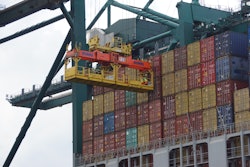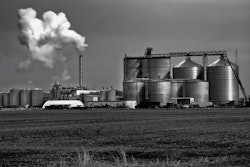
USDA’s Agricultural Marketing Service recently published a synopsis of a study conducted in cooperation with the University of Saskatchewan.
The researchers describe the development of key rail regulations in the United States and Canada over the last several decades and identify several operational differences.
For example, railroads in both countries have some freedom to set price, but face different regulatory limitations. In Canada, the revenue railroads can earn on grain shipments in the Western provinces is capped through a policy known as the “maximum revenue entitlement.”
Shippers in Canada can resolve rate disputes in a process known as “final offer arbitration.” In the United States, shippers can challenge the reasonableness of their rates using cost-based methods, such as “stand-alone cost” and “three-benchmark.”
Read the synopsis here.


















